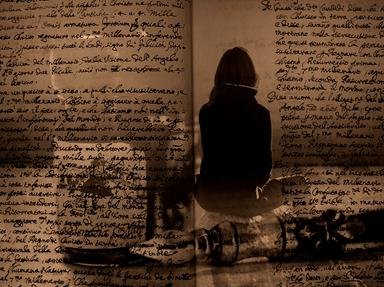Quiz Answer Key and Fun Facts
1. Taras Shevchenko was born in 1814 in a village named Moryntsi, then in the Russian Empire. In which oblast of independent Ukraine is the village located?
2. Of the lesser status in social hierarchy when his life began, Taras Shevchenko was born a serf. Of which person did young Taras become a property shortly after his 14th birthday?
3. Fortunately, Shevchenko didn't spend his entire life as a serf. In 1838, his freedom was purchased, thanks to the intervention of an aristocrat of Huguenot origins. What was the kind aristocrat's name?
4. Now free, Shevchenko could publish his poetical works. As known, the title of his first poetry collection was "Kobzar". But, what exactly is a kobzar?
5. Among the poems in the "Kobzar", there was a stirring tribute to one of the Cossack hetmans. Which one?
6. One year after the first edition of the "Kobzar", Shevchenko penned an epic poem on a popular uprising of the Ukrainians against their foreign oppressors in 1768. What was the title of that poem?
7. In the early 1840s, Shevchenko became acquainted with one of the leading Ukrainian historians of his days, author of the "Books of the Genesis of the Ukrainian People". Who was this intellectual?
8. In 1847, Shevchenko was arrested on the grounds of both his dissident poems and because of his suspected membership (which, although plausible, has never been proven in the strict sense of the word) of a political society, aiming for the national revival of Ukraine. How was the organization named?
9. As part of his punishment, which included prohibition of painting and writing, Shevchenko was placed in forced marches and was obligated to perform penal servitude under the harshest conditions. In which part of the Empire did he spent a substantial part of his sentence?
10. Finally, his penal service over, Shevchenko got permission to return to his homeland. However, his body shaken by his ordeals, he never made it to Ukraine, but died en route. During which year did his death occur? (Hint: American Civil War)
Source: Author
DeepHistory
This quiz was reviewed by FunTrivia editor
ponycargirl before going online.
Any errors found in FunTrivia content are routinely corrected through our feedback system.
